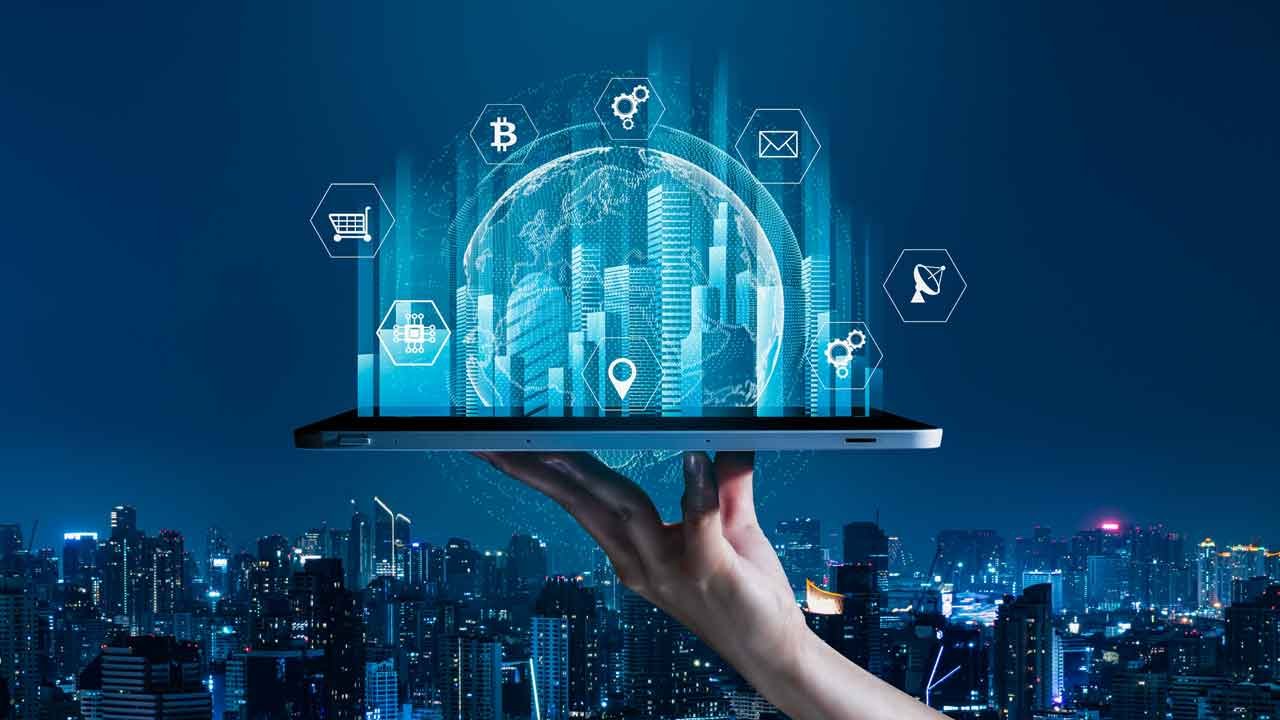Introduction to Edge Computing
In today’s digital era, where interconnected devices are becoming increasingly prevalent, the concept of edge computing is gaining prominence. Edge computing refers to the practice of processing data closer to its source rather than relying solely on centralized data centers. This approach is revolutionizing the way we harness the power of the Internet of Things (IoT).
Understanding IoT (Internet of Things)
The Internet of Things encompasses a vast network of interconnected devices, ranging from smartphones and wearables to industrial sensors and smart appliances. These devices collect and exchange data, enabling seamless communication and automation across various domains.
Challenges with Traditional Cloud Computing in IoT
Traditional cloud computing models encounter several challenges when applied to IoT environments. These include latency issues due to data transmission delays, bandwidth constraints, and heightened security risks associated with transmitting sensitive data over the network.
What is Edge Computing?
Edge computing involves deploying computing resources closer to the data source, typically at or near the edge of the network. This decentralized approach facilitates faster data processing, real-time analytics, and improved response times, making it ideal for latency-sensitive IoT applications.
Advantages of Edge Computing in IoT
Edge computing offers numerous benefits for IoT deployments, including reduced latency, optimized bandwidth utilization, and enhanced security by minimizing data exposure during transmission.
Real-world Applications of Edge Computing in IoT
The applications of edge computing in IoT are diverse and far-reaching. From optimizing traffic flow in smart cities to enhancing operational efficiency in industrial settings and enabling remote patient monitoring in healthcare, edge computing is transforming industries worldwide.
Future Trends and Innovations in Edge Computing
The future of edge computing is characterized by the integration of artificial intelligence and machine learning algorithms, enabling intelligent decision-making at the edge. Edge analytics and the development of edge-native applications are also poised to drive innovation in this space.
Challenges and Limitations of Edge Computing
Despite its potential, edge computing faces challenges such as deployment complexity, lack of standardization, and concerns surrounding data governance and privacy.
The Impact of 5G on Edge Computing
The rollout of 5G networks is set to accelerate the adoption of edge computing by providing ultra-low latency and high bandwidth connectivity, unlocking new possibilities for IoT applications.
Case Studies of Successful Edge Computing Implementations
Tech giants like Amazon Web Services (AWS), Microsoft Azure, and Google Cloud are leading the way in deploying edge computing solutions, with platforms such as AWS Greengrass and Azure IoT Edge showcasing the effectiveness of edge technologies in real-world scenarios.
Future Outlook and Growth Potential
Market projections indicate exponential growth in the adoption of edge computing, driven by advancements in technology and increasing demand for real-time data processing and analytics capabilities.
Key Players and Stakeholders in Edge Computing
The ecosystem of edge computing comprises established players, startups, and research institutions collaborating to innovate and drive the evolution of edge technologies.
Conclusion
In conclusion, the rise of edge computing represents a paradigm shift in the way we approach IoT deployments. By bringing processing power closer to the data source, edge computing offers unparalleled speed, efficiency, and security, paving the way for a more connected and intelligent future.
FAQs (Frequently Asked Questions)
- What is the main difference between edge computing and cloud computing?
Edge computing processes data closer to its source, minimizing latency, while cloud computing relies on centralized data centers for processing and storage. - How does edge computing improve the performance of IoT devices?
By reducing data transmission delays and enabling real-time analytics, edge computing enhances the responsiveness and efficiency of IoT devices. - What are some security measures implemented in edge computing?
Edge computing employs techniques such as data encryption, access control, and secure bootstrapping to safeguard IoT deployments against cyber threats. - Can edge computing operate independently of cloud services?
While edge computing can function autonomously, it often complements cloud services by offloading processing tasks and enhancing scalability. - What are the challenges in integrating edge computing with existing IoT infrastructure?
Challenges include ensuring interoperability, managing edge devices at scale, and addressing compatibility issues with legacy systems.
